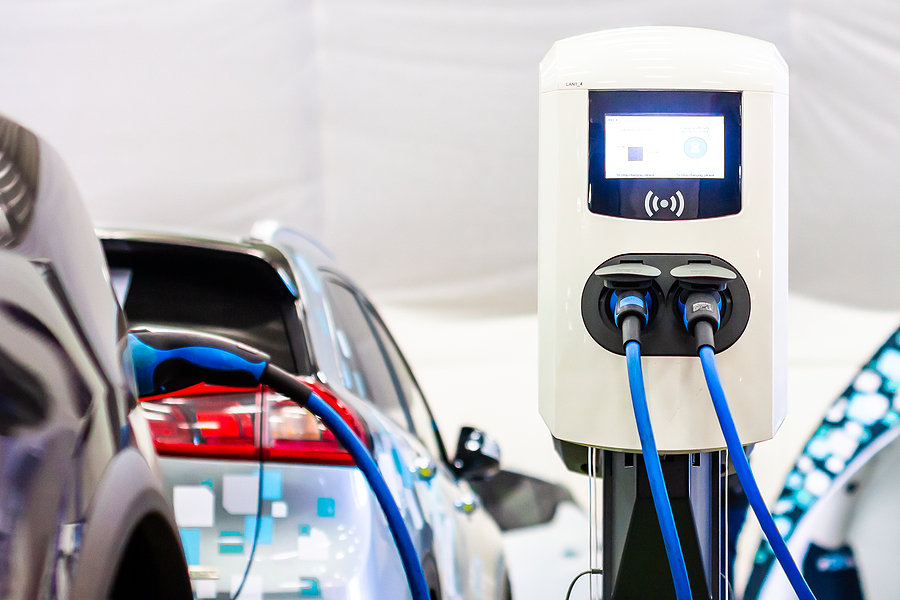Koji Sato, the president of Toyota Motor Corp., recently released a New Management Policy & Direction statement that emphasizes the development of battery electric vehicles (BEVs) compared to that of his predecessor.
A BEV vehicle runs on battery power with assistance from an internal combustion engine. In contrast, an electric vehicle (EV) operates on battery power without an internal combustion engine. Toyota plans to expand its product line by releasing 10 next-generation vehicle models by 2026, which would translate to a projected 1.5 million vehicles of annual sales (a significant increase over the 22,500 BEVs the company sold in 2022).
Moreover, by increasing battery efficiency to extend the EV-mode driving range beyond 160 miles, Toyota will reposition plug-in hybrid vehicles, what they term “the practical BEV,” as another BEV option for their customers. However, one technology strategy option being considered is to launch an EV-only architecture to match design and manufacturing innovations developed by Tesla.
The automotive industry is transforming to battery electric vehicles over the next decade. Toyota’s technology strategy involves internal combustion gasoline-powered engines working in tandem with fully functioning electric motors; thus, no electric charging is necessary (except for the plug-in option).
What are other global automotive manufacturers’ technology strategies?
Ford is investing $22 billion through 2025 to deliver battery EVs; however, the company does forecast a role for hybrids with gas engines. General Motors plans to end gas- and diesel-engine vehicles by 2035.
Honda reports that it will stop selling gasoline-powered vehicles in Europe after 2022, and by 2030 it will sell 40 percent of its vehicles as battery electric or hydrogen-powered in North America. By 2040, all gas vehicles will be phased out.
Volkswagen forecasts that battery EVs will make up 70 percent of its company sales in Europe by 2030, while for the United States and Chinese markets, it projects 50 percent of its vehicle sales will be electric-powered by 2030.
Given its leadership role in developing and popularizing BEV technology over the last quarter century, why did Toyota management resist entering the EV-only marketplace? The automotive industry’s movement to reduce vehicle carbon- dioxide emissions and contribute to carbon neutrality by 2050 has resulted in Toyota coming under public criticism for not committing to an EV-only vehicle manufacturing strategy.
In response, Toyota undertook a study in which its data-driven results (based on its hypothetical model) show that pursuing an EV-only technology manufacturing strategy is not only a poor business decision but also detrimental to the environment. Toyota’s chief scientist, Gil Pratt, the study’s primary author, concludes that it makes more sense for automotive manufacturers to offer consumers a variety of vehicles with different energy sources, including hybrids and hydrogen-fueled.
Pratt predicts that the car industry will soon be negatively affected by a shortage of lithium (and other critical minerals) used in battery production and also a lack of recharging stations as EV production demand skyrockets. Consequently, if insufficient lithium is available to power tens of millions of EVs, it is prudent to distribute it among hybrid vehicles.
Pratt argues that manufacturing millions of hybrids will have a greater effect on carbon-dioxide output than using the same volume of lithium to manufacture a smaller number of pure EVs. “Time is on our side. These shortages — not only of battery materials but of charging infrastructure — will make it abundantly clear that one size does not fit all, and that the best answer is actually a mix of different vehicle types”, Pratt told Automotive News.
This dependency on the lithium supply for the automotive industry does not address the actual environmental harms (including to public health) of mining this mineral.
The previous Toyota president, Akio Toyoda, claimed he was among the “silent majority” of automotive industry executives who privately questioned whether EVs are the only way forward for the industry. Toyoda articulated that the most effective industry strategy is to develop a range of different powertrain technologies, including hybrids, hydrogen-powered and battery-electric-powered vehicles — a corporate strategy emphasized at Toyota today. Would it not be ironic that the most effective automotive technology strategy — a “multi-pathway” approach — was also, in the longer term, the most environmentally friendly?


